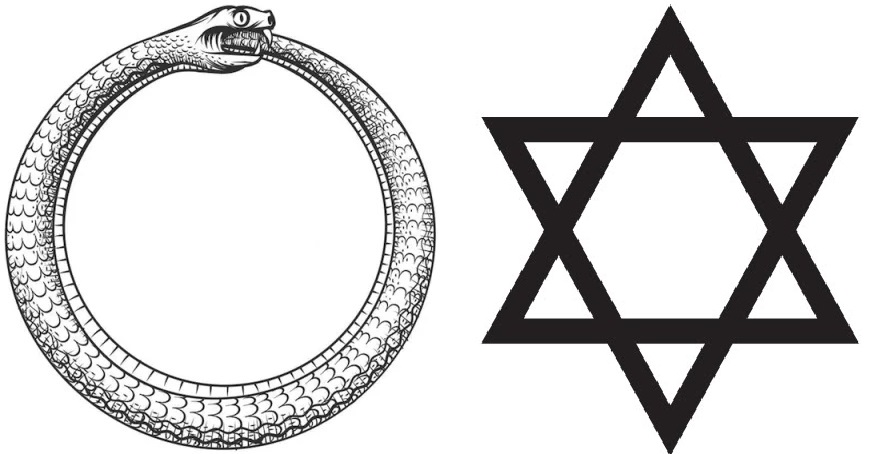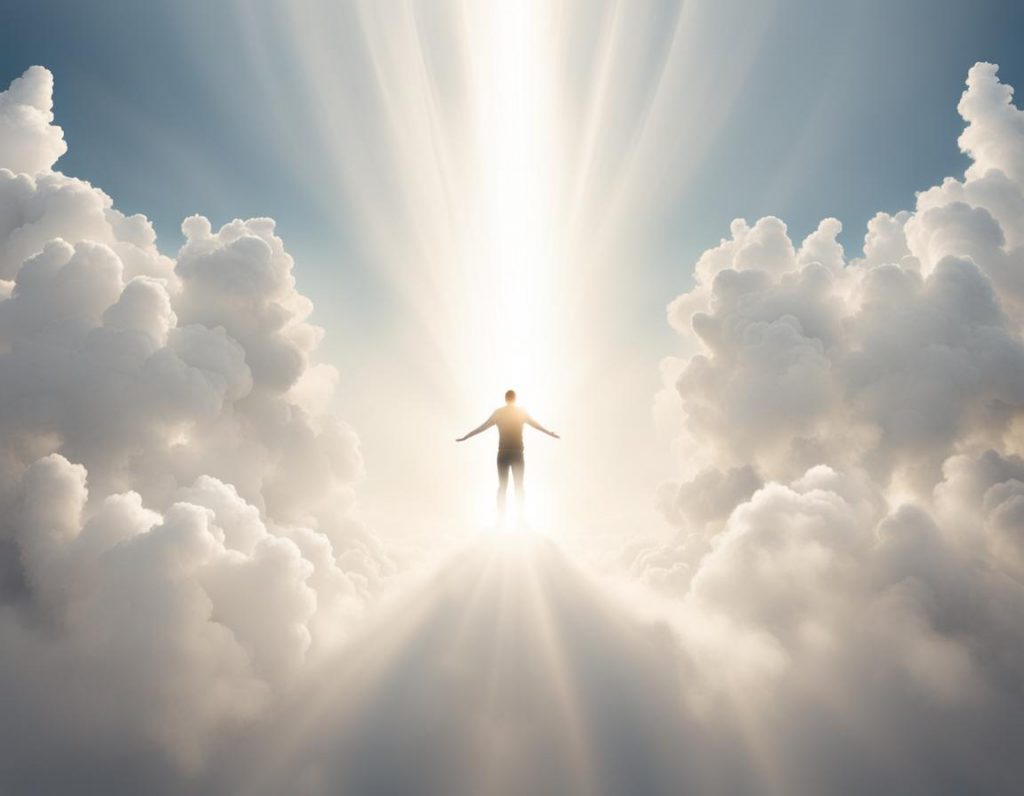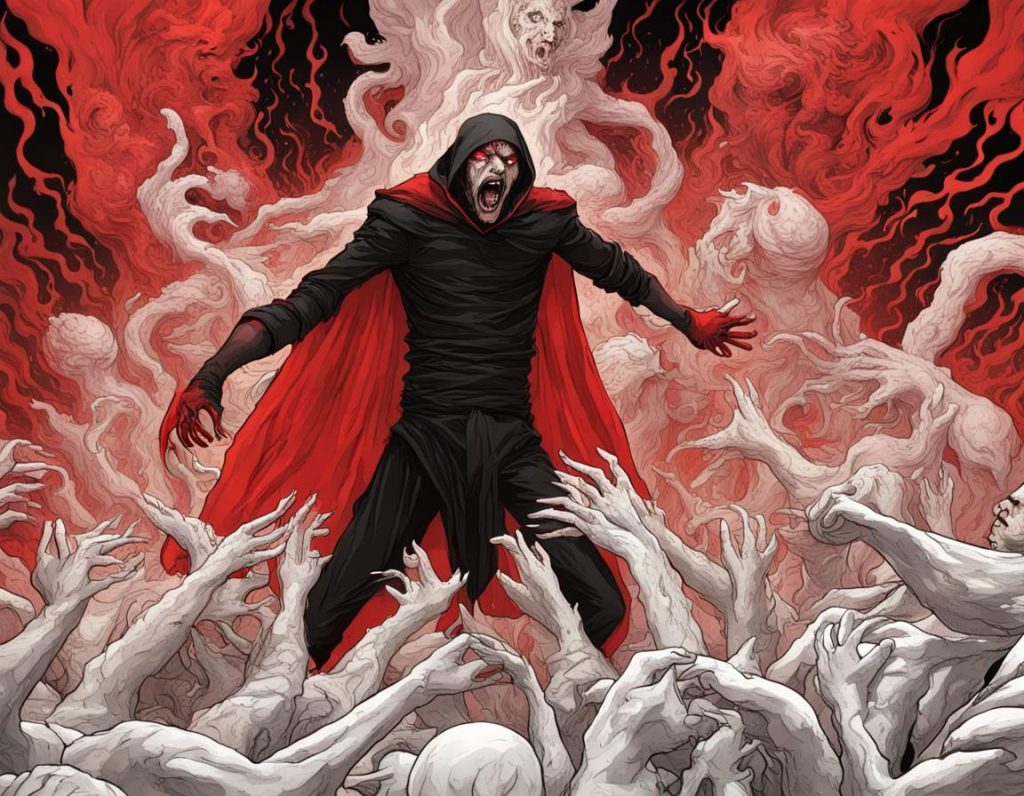
In the ancient Laws of Manu, a quadripartite division of society is made. Known in the West as the “caste system”, it divides people into prescribed social roles based on the type of person they naturally are. There are few more controversial ideas in the West today than the caste system, but there’s an esoteric truth to it that cannot be ignored.
In this conception there are brahmin (the scholars, priests and teachers), kshatriya (the warriors, rulers and administrators), vaishya (the merchants and farmers) and shudra (servants and labourers). Each person can be assigned into any one of these castes depending on the gunas they inherit, where gunas are understood to be properties, qualities or attributes.
This essay contends that this caste system reflects the true alchemical divisions of humankind.
Plato, in the Parable of the Metals in Republic, wrote about a division of human souls into gold, silver, bronze and iron. These are very closely analogous to the four castes, such that those with souls of gold are brahmins, silver are kshatriyas, bronze are vaishyas and iron are shudras.
These divisions are not as arbitrary as they might first appear. They come very close to a natural fourfold division of the Great Masculine Axis, namely into two precious metals and two useful metals, wherein the two precious metals represent the wealth of the royalty and the wealth of the gentlemen, and the two useful metals represent the commerce of the merchantry and the tools with which the peasantry works the soil.
This division, much like the cycle of energies represented in the Quadrijitu, is natural and archetypal. As such, it can be found in the West today even if not acknowledged. Not only can the souls of people be placed along this four-step axis, so can the spirits of times and places.
The current problem in the West is that we have sunk into a dark age, deeper and darker than any before. As such, there are no longer enough brahmins or kshatriyas for quality government. Society now mostly produces shudras, with the vaishyas forming the ruling caste.
In situations like these, what’s needed is for a kshatriya to rise up – a man of silver above the men of bronze and iron – and to lead the people to somewhere greater. It’s necessary for a higher man, with a higher vision, to lead the way, and for the masses to follow. This kshatriya must open the space for a new generation of brahmins to thrive before a true Golden Age can begin.
Enter Elon Musk.
The West today is marked by a complete collapse in spiritual values. The vast majority of us are soulless, nihilistic consumers, and most of the rest are clinging to the corpse of a religion that no-one really believes in any more. Nietzsche’s prediction that widespread atheism would lead to widespread misery comes more true every year.
We’re primed to enter a new spiritual paradigm. Never before has the West been more ready to receive a new interpretation of the perennial philosophy. All that’s needed is for some great king to make space for the priesthood of that new interpretation.
In purchasing Twitter, and in firing most of the censors, such that Twitter has become the Internet’s premier free-speech platform, Musk demonstrated to the whole world that there are values higher than profits. Free speech is such an important value that, without it, society is lost, and he understands this. Musk has raised a middle finger to the totalitarians and to their attempts at curtailing free speech.
This essay also contends that Musk is the first of the great kshatriya souls that will be born into the West as we pass out of our Iron Age and into a new Golden Age. These kshatriyas will create the conditions for the brahmins to expand into. That the brahmins have souls of gold means that, once enough of them are present, a class of philosopher-kings can be formed.
There are few things kshatriyas like more than making merchants seethe, which is why Musk trolls the money-worshippers so hard. Merchants can’t understand Twitter being used for a higher purpose (i.e. more than mere profit), hence why they’re so upset right now. But this is only the beginning.
If Elon Musk would form the provisions for a new spiritual school – one that is tasked specifically with bringing genuine spirituality back to mankind – the seething would be unprecedented. He would truly be the kshatriya king that created a portal for brahmins to re-enter the world.
The foremost sign that such a thing might be possible was when Musk smoked cannabis on the Joe Rogan show. Rogan is one of those who are aware that cannabis, along with other substances, is a spiritual sacrament. How long until Musk walks the pathway from cannabis to psilocybin and DMT? From at least one vantage point, that seems like his fate.
Elon Musk could be more than merely an heir to an emerald mining empire. He could be the spark that sets off a new spiritual era. The way he has run Twitter suggests that he is aware of higher values, something above the prime vaishya value of profit. Could he be the conduit through which higher values return to Western life?
*
For more of VJM’s ideas, see his work on other platforms!
For even more of VJM’s ideas, buy one of his books!
*
If you enjoyed reading this essay/article, you can get a compilation of the Best VJMP Essays and Articles from 2021 from Amazon as a Kindle ebook or paperback. Compilations of the Best VJMP Essays and Articles of 2020, the Best VJMP Essays and Articles of 2019, the Best VJMP Essays and Articles of 2018 and the Best VJMP Essays and Articles of 2017 are also available.
*
If you would like to support our work in other ways, subscribe to our SubscribeStar fund, or make a donation to our Paypal! Even better, buy any one of our books!





